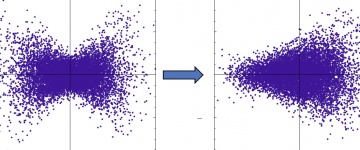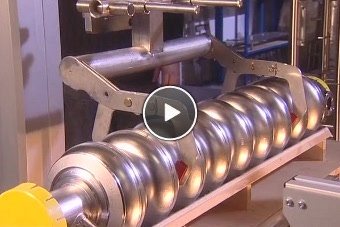Video of the week
Into the Microcosm: Particle and astroparticle physics at DESYDESY in Germany presents a new video to learn, in twelve minutes, all about its activities in particle and astroparticle physics. Don’t miss the International Linear Collider part at 6’50, featuring the new ILC animation. View the new video on the DESY website in English or in German View and download ILC animation: “The International Linear Collider in 1 minute.” |
In the News
-
from CERN Bulletin11 April 2011Analysing data collected in a run of just one month, ALICE has recently found evidence of the formation of four anti-nuclei of Helium 4, the heaviest antimatter ever created in a laboratory.
-
from Physics Today11 April 2011A fire in the access shaft of the Soudan Mine in Minnesota appears to have caused little damage to the experiments that exploit the shielding from cosmic rays provided by the roughly 714-m-deep Soudan Underground Laboratory.
-
from BBC News7 April 2011The find must be more fully confirmed, but researchers at the Tevatron are racing to work through existing data.
-
from DESY inFORMApril 2011Scientists want to use the high gradients produced by the plasma acceleration to build very compact accelerators. Wanting to use the particles from plasma accelerators for experiments and in order to get a good beam quality, the scientists will use a trick. They inject beams with already good properties into the plasma and accelerate them further.
Copyright © 2025 ILC International Development Team




